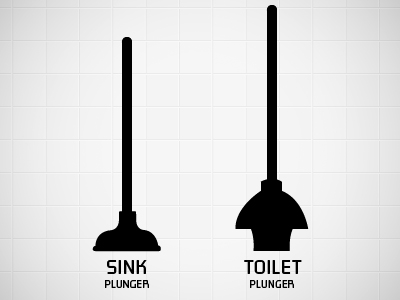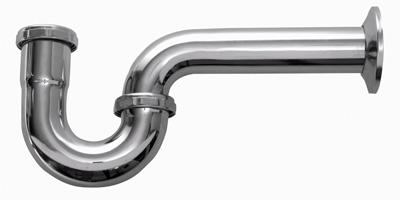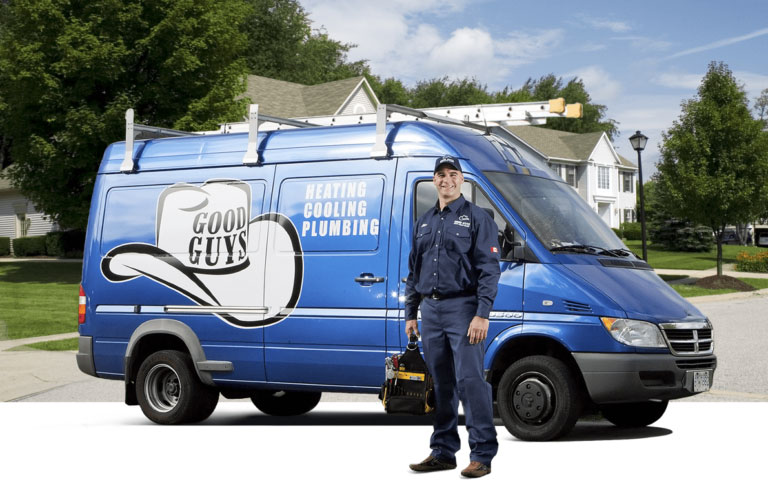If your sink is clogged, there are a number of things you can try before calling a plumber.
Use a plunger
Many sink blockages can be cleared with a sink plunger. You can also use a toilet plunger if you push in the flange- but it will be more difficult to use and potentially unsanitary as well.

When using a plunger, be sure to get a tight seal between the plunger and the sink, as this is necessary to create suction. Also be sure that the plunger is filled with water, as it can only create strong suction when acting on water, not air. You might have to refill the sink multiple times before you’ve cleared the blockage. Cover the overflow (the hole at the top of the sink) with a damp towel, so that pressure cannot be released. If it’s a double sink (as in a kitchen) you must also cover the second drain. It always helps if the sink is filled with hot water (but not boiling water, as you could burn yourself) since this can help soften up blockages.
The below video shows how a plumber with 35 years experience unplugs a sink. Some prefer to use quick, repeated plunges rather than the slow single plunges demonstrated here.
If you’ve already tried drain cleaning chemicals, then don’t use a plunger. You could potentially splash corrosive chemicals on yourself or your bathroom.
Clean out the P-trap
Your sink will have a P-trap below it, which is where the drain pipe goes down and then comes up again (the purpose of this is to leave a layer of water in the drain that will prevent sewer gasses from entering your home). The bottom of the P-trap is a common location for clogs. If you’re a bit handy, you should be able to remove and clean out the P-trap yourself. For many types of traps, all you’ll need is a bucket to catch any water that comes out when the trap is removed. But for some types, you’ll need a pair of water pump pliers.

The below video shows how a P-trap can be removed.
Remove stopper
It is not uncommon for hair and other items to become stuck to the stopper and slow down the drain. Fortunately this can usually be removed and cleaned without any tools. The video below shows how.
Use a coat hanger
After you remove the stopper, you may be able to remove any nearby blockages with an untwisted coat hanger. If you’ve already tried cleaning the P-trap and plunging the sink, this probably won’t solve your problem, but it’s worth a try in some cases.
Drain cleaning chemicals
We usually don’t recommend drain cleaning chemicals. Not only are they bad for the environment, they’re also dangerous. Using corrosive chemicals might also lead to additional charges if you have to call a plumber, as extra care will have to be taken and the equipment will have to be washed extra thoroughly after cleaning the drain. This is especially the case when dealing with a complete blockage (as opposed to a slow drain).
One less hazardous (but still requiring caution) method is adding baking soda and vinegar, followed by warm water. This can clear some blockages.
What about grease?
Grease is the worst substance when it comes to clogging drains, so it should never be poured down a drain. If you think your drain might be clogged with grease, one thing you can try is pouring dish soap down the drain. Dish soap is specially made to break up grease. See how in the video below.
If these tips don’t work, call 604 GOOD GUY (604 466 3489) to schedule a service call, or use our online form.



